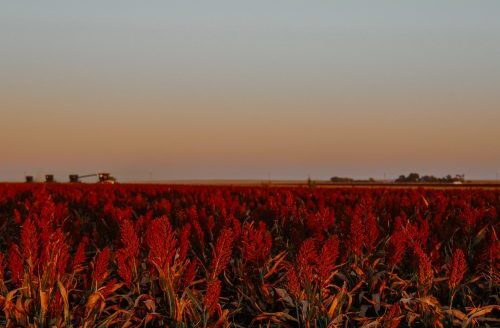As we prepare to ring in 2018, “getting healthy” will be a common New Year’s Resolution among millions of people. But for farmers, the New Year is also an opportunity to set goals for getting their soil healthy, a practice taking on elevated importance for protecting natural resources, and helping farmers manage extreme weather, increase profitability and sequester carbon.
The Soil Health Partnership has developed the top 5 resolutions for 2018 from your soil’s point of view:
Watch my nutrient intake. Using science-based nutrient management strategies on the farm can help curb unwanted loss and improve farm economics. Split nitrogen fertilizer applications, or dividing total nitrogen application into two or more treatments per year, can help growers enhance nutrient efficiency, promote optimum yields and protect the environment.
Cover new ground. Growing cover crops in the winter, like grasses and legumes, helps hold the soil in place, reducing erosion, while improving use of water and many ag inputs. These crops make the soil more resilient to drought and resistant to flooding. They help reduce nutrient loss by taking up what’s left on the field between growing seasons—and provide beneficial habitat for migratory birds and pollinators.
Adopt healthier habits. On the farm, that may mean less intensive tillage. Reducing or eliminating the practice of turning over the soil between growing seasons is one proven method of restoring soil health that can help the bottom line. Adopting strip-till can be like getting a new pair of walking shoes to set you on a new path.
Focus on what matters. In this case, organic matter. Adding cover crop roots and disturbing the soil less through tillage can help restore the lively ecosystem of organisms your crops and soil crave. Earthworms, microscopic bacteria and fungi, and a host of other organisms produce structure and nutrients for plants to grow.
Save for the future. Farmers are beginning to understand that improving soil health is like putting money in the bank. Data collected on the Soil Health Partnership’s 111 farms is starting to show that taking care of the farm’s foundation can pay big dividends over time, through optimal yields, more resilience to extreme weather and more efficient use of inputs like fertilizer.
An initiative of the National Corn Growers Association, the Soil Health Partnership is a data-driven program working to quantify the benefits of practices that support soil health from an economic as well as environmental standpoint.



